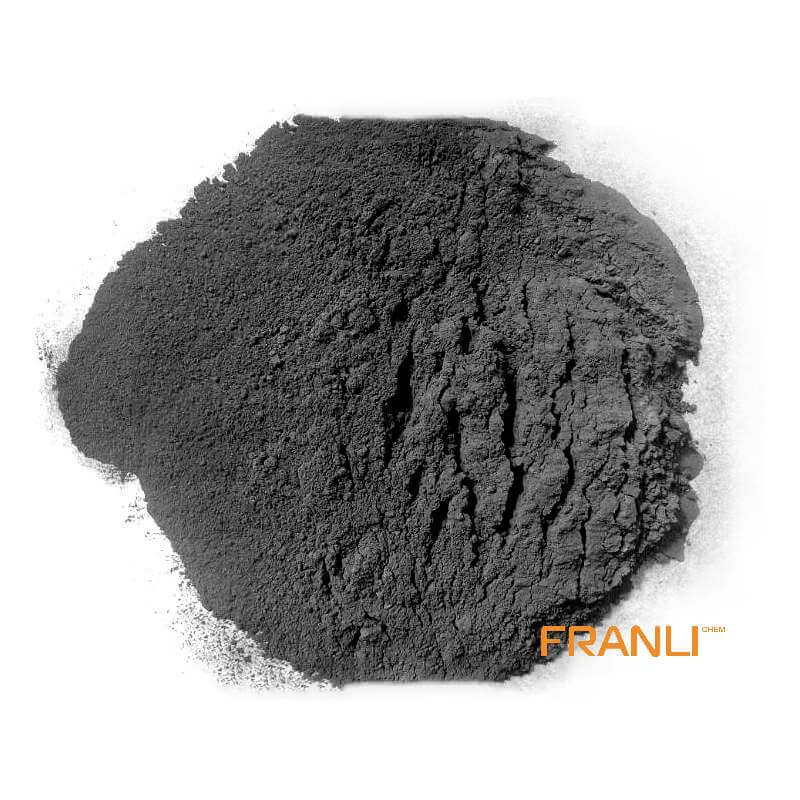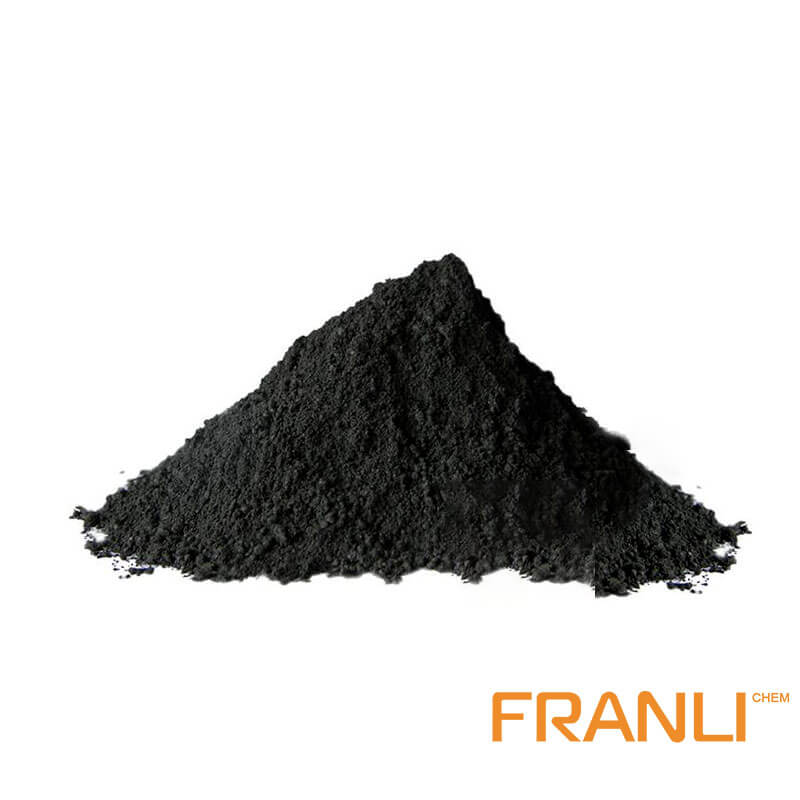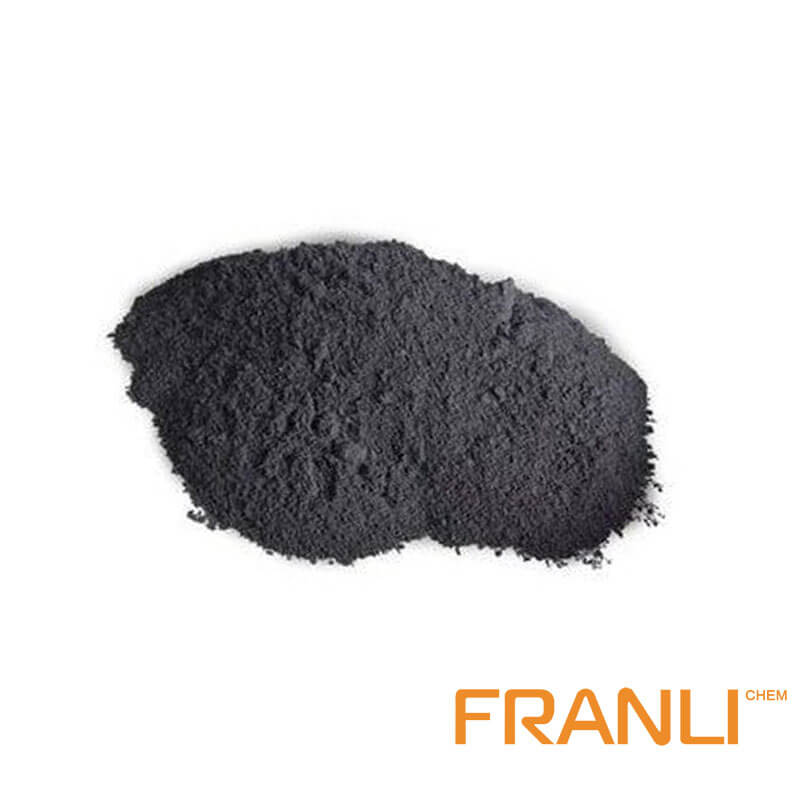


Artificial Graphite
Size
0.01mm or 0.07mm,etc
Package
25 kg small bags into ton bags or ton bags
Features
Good wear resistance, corrosion resistance, good thermal conductivity, etc.
Application
Can be used in making heat exchanger, reaction tank, absorption tower, etc.
There are many kinds of artificial graphite and different production processes. In a broad sense, all graphite materials obtained by carbonization of organic matters and treated by high temperature after being treated with graphite can be collectively referred to as artificial graphite.In the narrow sense, artificial graphite usually refers to the massive solid materials prepared by batching.
Request a quoteArtificial graphite is similar to polycrystals in crystallography. There are many kinds of Artificial graphite, and the production process is very different. In a broad sense, all graphite materials obtained by carbonization of organic matter and then by high temperature treatment of graphitization can be collectively referred to as Artificial graphite, such as carbon (graphite) fibers, pyrolytic carbon (graphite), foamed graphite, etc. On the other hand, Artificial graphite on a narrow scale usually refers to the use of carbonaceous raw materials (petroleum coke, pitch coke, etc.) with low impurity content as aggregates, coal tar pitch, etc. as binders. Bulk solid materials such as graphite electrodes, isostatically pressed graphite, etc.

Physicochemical properties
In terms of physical and chemical properties, natural graphite and Artificial graphite have both commonalities and differences in performance. For example:
Natural graphite and Artificial graphite are good conductors of heat and electricity, but for graphite powders of the same purity and particle size, the heat transfer performance and electrical conductivity of natural flake graphite are the best, followed by natural microcrystalline graphite, and Artificial graphite is the lowest. Graphite has better lubricity and certain plasticity, the crystal development of natural flake graphite is more perfect, the friction coefficient is small, the lubricity is the best, the plasticity is the highest, and the dense crystalline graphite and cryptocrystalline graphite are secondary, and the Artificial graphite is poor.
Crystal structure
Natural graphite: Crystal development is relatively perfect, the degree of graphitization of flake graphite is more than 98%, while the degree of graphitization of natural microcrystalline graphite is usually below 93%.
Artificial graphite: The degree of crystal development depends on the raw material and heat treatment temperature. In general, the higher the heat treatment temperature, the higher the degree of graphitization.

Organizational structure
Natural flake graphite: it is a single crystal, the microstructure is relatively simple, there are only crystallographic defects (such as point defects, dislocations, stratigraphic dislocations, etc.), macroscopically showing anisotropic characteristics. The grains of natural microcrystalline graphite are small, the grains are arranged haphazardly and there are holes after impurity removal, and macroscopic isotropy is exhibited.
Artificial graphite: can be regarded as a multi-phase material, including graphite phase converted by carbon particles such as petroleum coke or asphalt coke, graphite phase converted by coal asphalt binders around the particles, particle accumulation or stomata formed by coal asphalt binders after heat treatment.
Artificial graphite and natural graphite field of application
There are commons and distinctions between artificial graphite and natural graphite.
In the metallurgical industry, natural flake graphite can be used to produce refractory materials such as magnesia-carbon bricks and aluminum-carbon bricks because of its good oxidation resistance. Artificial graphite can be used as steelmaking electrodes, but electrodes made of natural graphite are difficult to use in steelmaking electric furnaces with harsh operating conditions. Artificial graphite has the characteristics of corrosion resistance, good thermal conductivity, low permeability, etc. It is widely used in the chemical industry to make heat exchangers, reaction tanks, absorption towers, over-made heat exchangers, reaction tanks, absorption towers, filters and other equipment . Natural graphite and polymer resin composite materials can also be used in the above fields, but the thermal conductivity and corrosion resistance are not as good as those of Artificial graphite.
Artificial graphite is developed using natural graphite as a raw material, and its uses are very different. The result of mixing the two has caused more misleading, and even led to wrong decision-making, resulting in great waste and economic losses. Franli company is mainly engaged in graphite, fully understanding and utilizing artificial graphite and natural graphite, and adopting suitable process routes and methods to produce Artificial graphite with special structure, properties and uses will bring you huge benefits.



